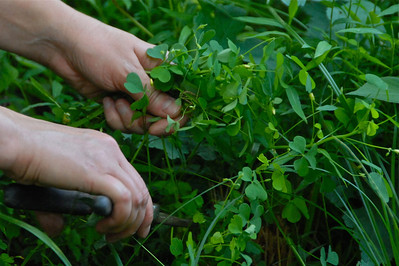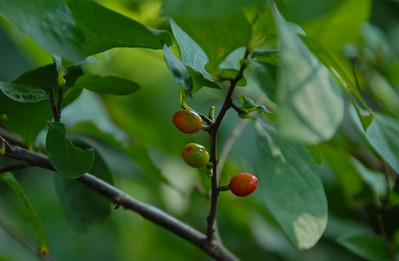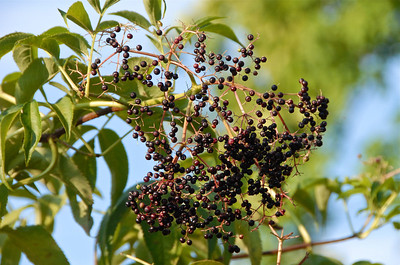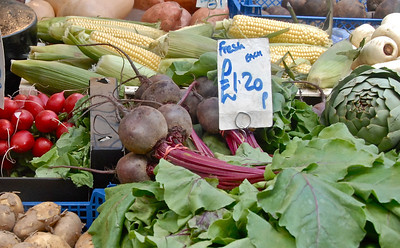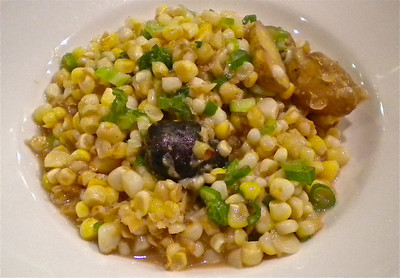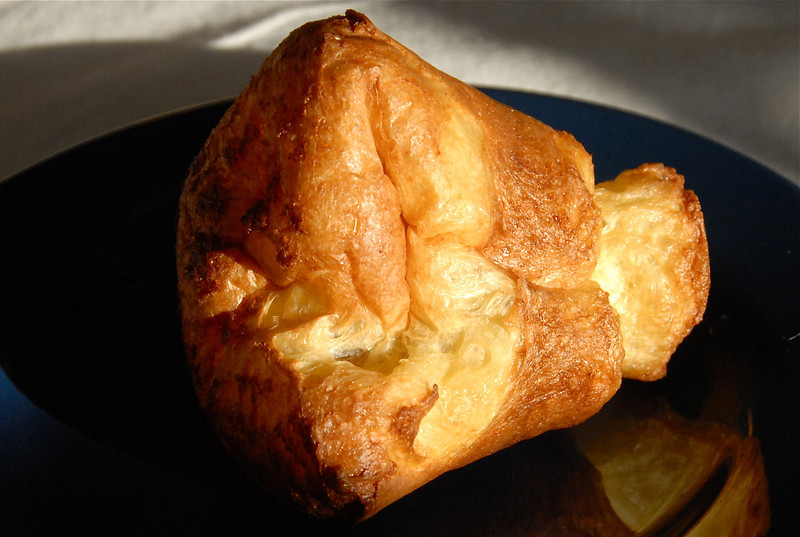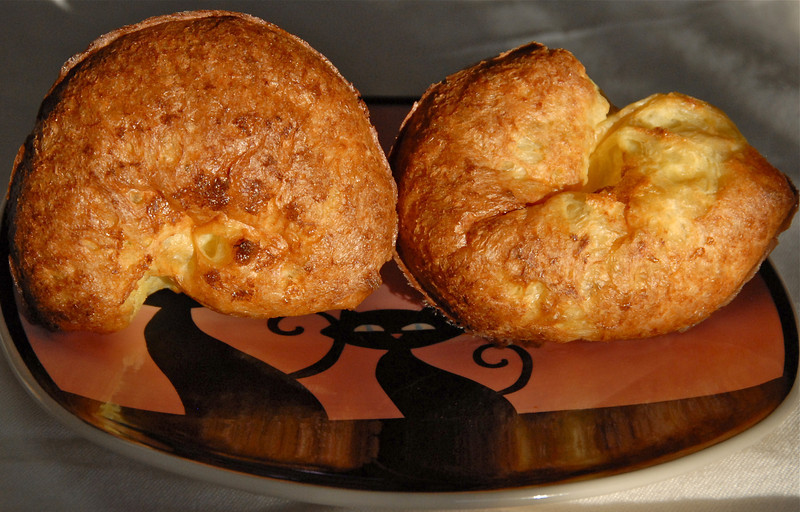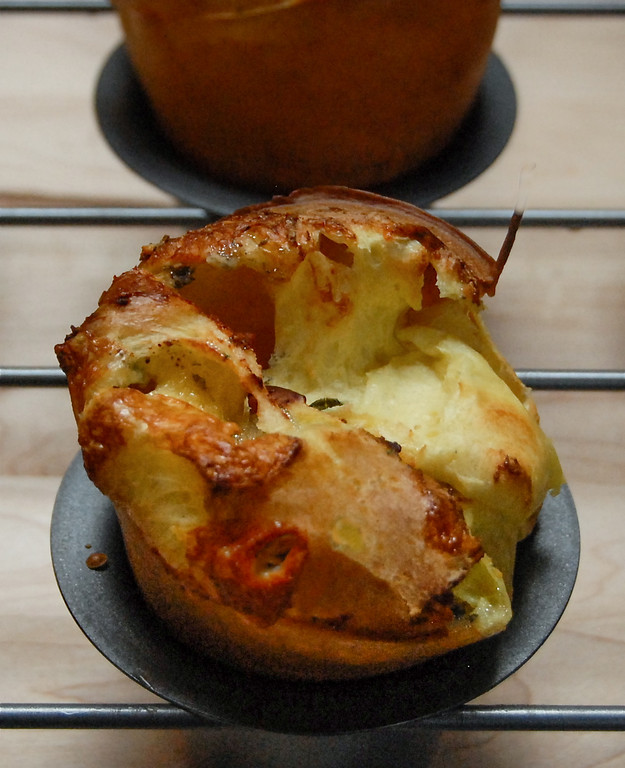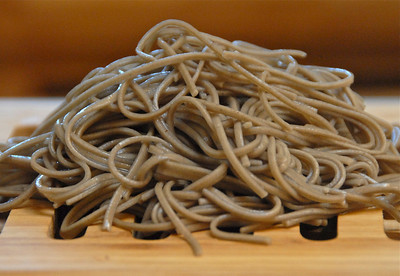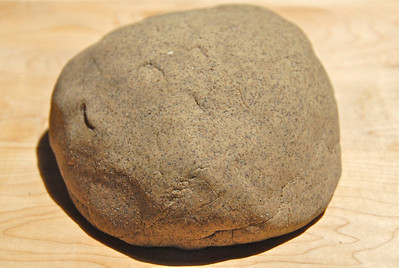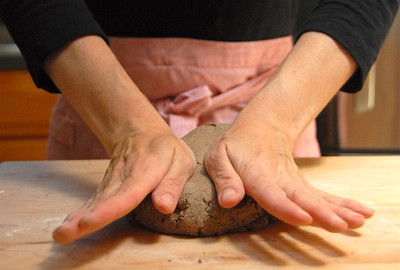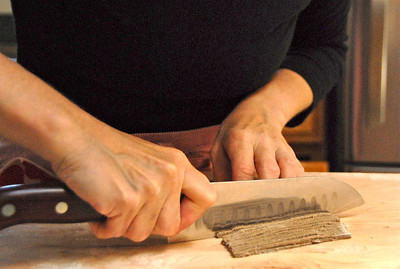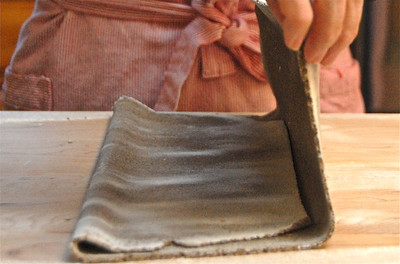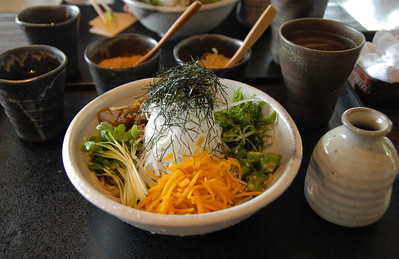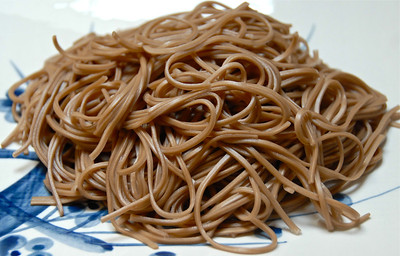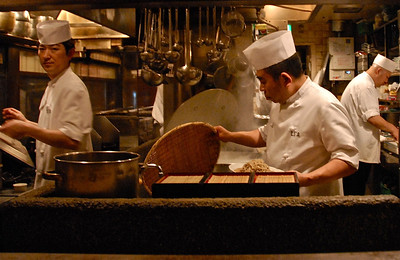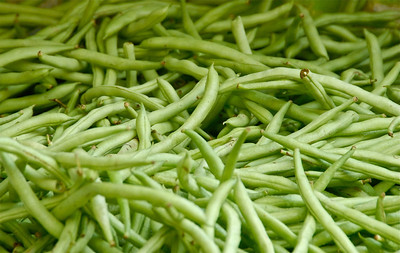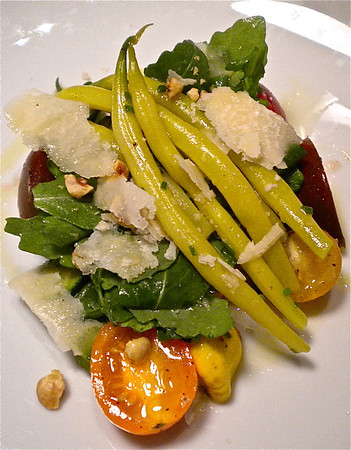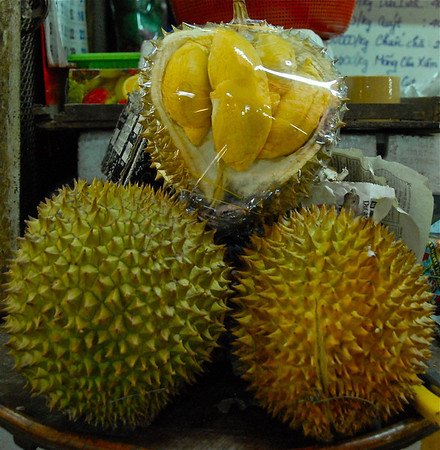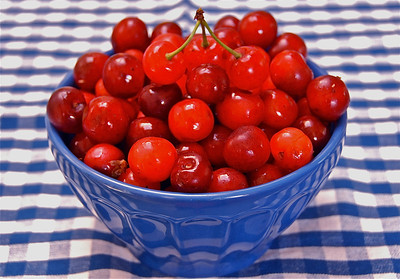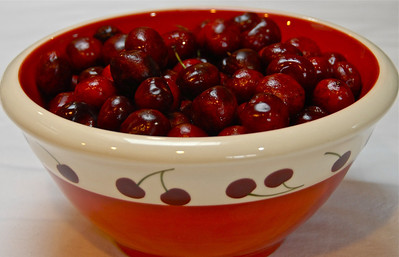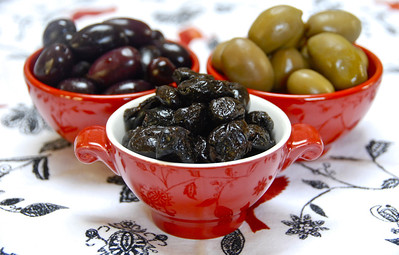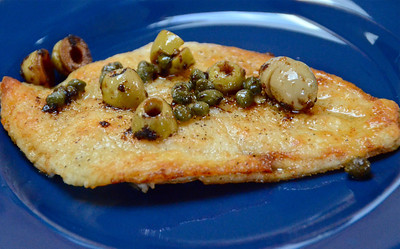
After graduating from college and moving to suburban Philadelphia, what I wanted, more than anything, was to adopt a dog. What I got was a cat, Andy Peabody, who came with a homemade, nondescript toy called Mr. Catfish. The gentle, gray tabby became my doorway into pet ownership. His beloved, yellow-and-gray pipe cleaner toy became, in its own weird way, my introduction to catfish.
Over the weekend I was reminded of Andy and his quirky sidekick when I went fishing in Marietta, Ohio. There the catch of the day was the benign, whiskered channel catfish.

Of the 28 varieties of North American catfish, channel remain the most commercially important. Fast-growing and highly sustainable, they thrive in rivers, lakes, reservoirs and ponds. Although they can reach 50 pounds in the wild, the Ohio channel cats that we caught – and released – were closer to one and a half pounds.
Had we kept these fish, we could have expected a meal with an earthy tang to it. Because wild catfish happily potter about in murky waters, they develop a muddy flavor that farmed ones don’t possess. Yes, in this instance, farmed fish actually taste better than wild-caught. That’s great news for cooks and consumers for channel catfish are America’s most commonly farmed fish.
Often when I hear “farmed” in relation to seafood, I think environmental pollutants, disease and fish escapes——food that I don’t want to purchase or consume. This is not the case with U.S.-farmed catfish. Raised using environmentally sound aquaculture, these guys remain one of the eco-friendliest options in American markets.
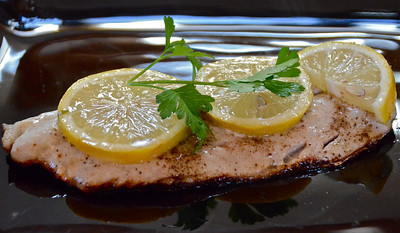
Along with sustainability, catfish also has in its favor versatility. I often use it in place of such over-fished favorites as cod, orange roughy and perch. It responds well to almost every cooking technique, including baking, broiling, frying, grilling, poaching, sautéing, stir-frying and steaming. Its delicately sweet meat marries well with bell peppers, chiles, garlic, lemon, onions, paprika, pecans, tomatoes, sesame, soy sauce and vinegar. Native to the South, catfish makes frequent appearances in this region’s cuisine and pairs nicely with Cajun and Creole seasonings.
SPICED CATFISH
Serves 4
4 (4 to 6-ounce) catfish fillets
Sea salt, to taste
Freshly ground black pepper, to taste
Freshly squeezed juice of 1 lemon
1 1/2 teaspoons paprika
1 teaspoon garlic powder
1/2 teaspoon cayenne pepper
2 tablespoons unsalted butter, cut into chunks
Preheat the oven to 450°F. Grease the bottom of a medium baking dish.
Season both sides of the fillets with salt and pepper and place them in the baking dish. Pour the lemon juice over the fillets.
In a small bowl stir together the paprika, garlic powder and cayenne pepper. Sprinkle the seasoning over the fillets and then dot the fillets with the butter. Bake, uncovered, until the fish becomes firm and can be flaked with a fork, 12 to 15 minutes. Serve immediately.

